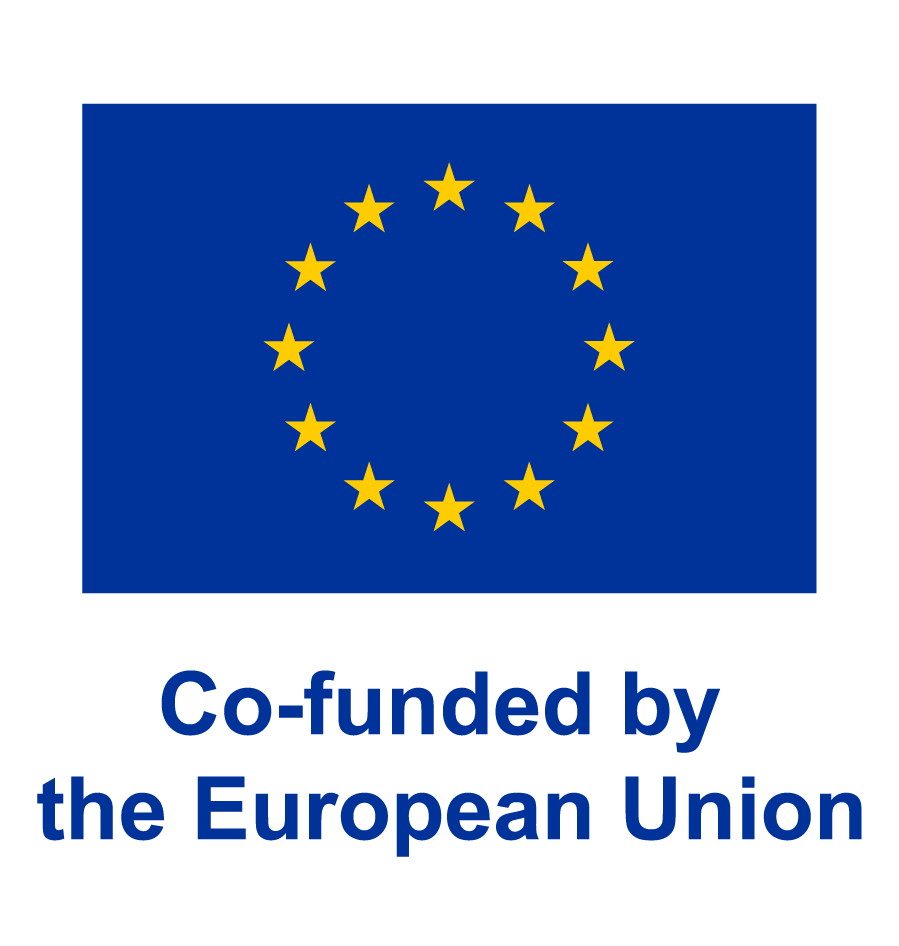Qualitative aspects and validation of a screening method for pesticides in vegetables and fruits based on liquid chromatography coupled to full scan high resolution (Orbitrap) mass spectrometry*
Hans G. J. Mol & Paul Zomer & Maarten de Koning
*Article of interest from RIKILT Institute of Food Safety
Corresponding author: Hans Mol (Member of the Advisory Quality Control Group).
Analytical and Bioanalytical Chemistry 403 (10) , pp. 2891-2908
Author Keywords
Screening. LC-high-resolution MS. Validation. Identification. Pesticides. Vegetables and fruits.
Abstract
The analytical capabilities of liquid chromatography with single-stage high-resolution mass spectrometry have been investigated with emphasis on qualitative aspects related to selective detection during screening and to identification. The study involved 21 different vegetable and fruit commodities, a screening database of 556 pesticides for evaluation of false positives, and a test set of 130 pesticides spiked to the commodities at 0.01, 0.05, and 0.20 mg/kg for evaluation of false negatives. The final method involved a QuEChERS-based sample preparation (without dSPE clean up) and full scan acquisition using alternating scan events without/with fragmentation, at a resolving power of 50,000. Analyte detection was based on extraction of the exact mass (±5 ppm) of the major adduct ion at the database retention time ±30 s and the presence of a second diagnostic ion. Various options for the additional ion were investigated and compared (other adduct ions, M+1 or M+2 isotopes, fragments). The two ion approach for selective detection of the pesticides in the full scan data was compared with two alternative approaches based on response thresholds. Using the two-ion approach, the number of false positives out of 11,676 pesticide/commodity combinations targeted was 36 (0.3 %). The percentage of false negatives, assessed for 2,730 pesticide/commodity combinations, was 13 %, 3 %, and 1 % at the 0.01-, 0.05-, and 0.20-mg/kg level, respectively (slightly higher with fully automated detection). Following the SANCO/12495/2011 protocol for validation of screening methods, the screening detection limit was determined for 130 pesticides and found to be 0.01, 0.05, and ≥0.20 mg/kg for 86, 30, and 14 pesticides, respectively. For the detected pesticides in the spiked samples, the ability for unambiguous identification according to EU criteria was evaluated. A proposal for adaption of the criteria was made.
© The Author(s) 2012. This article is published with open access at Springerlink.com
If you want to obtain the full text document, please contact with us:
Octavio Malato: omalato@ual.es (+34) 950 214 423
Carmen Ferrer: cferrer@ual.es (+34) 950 014 102
Published 26-07-2012, 16:19:03
Top of Page

